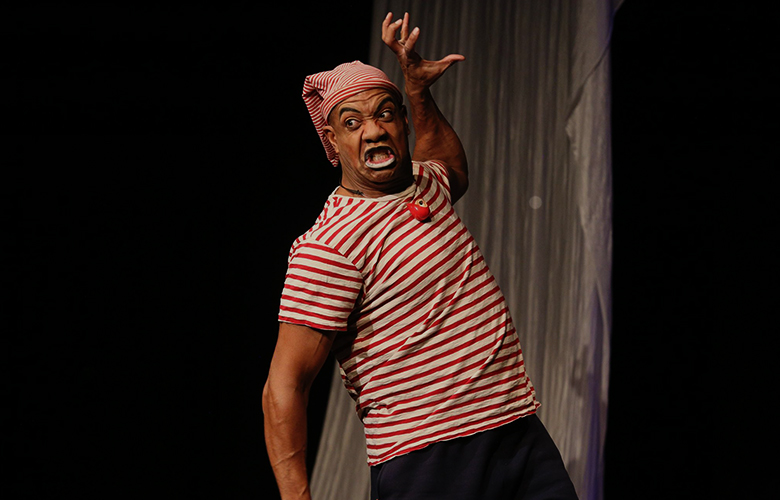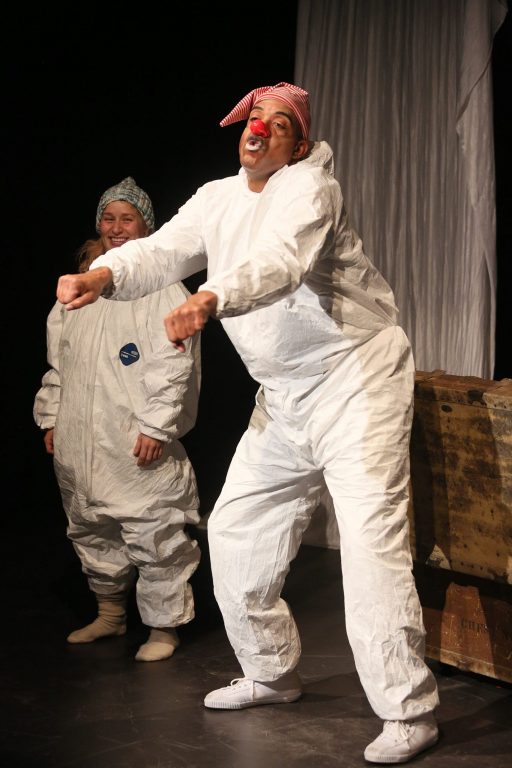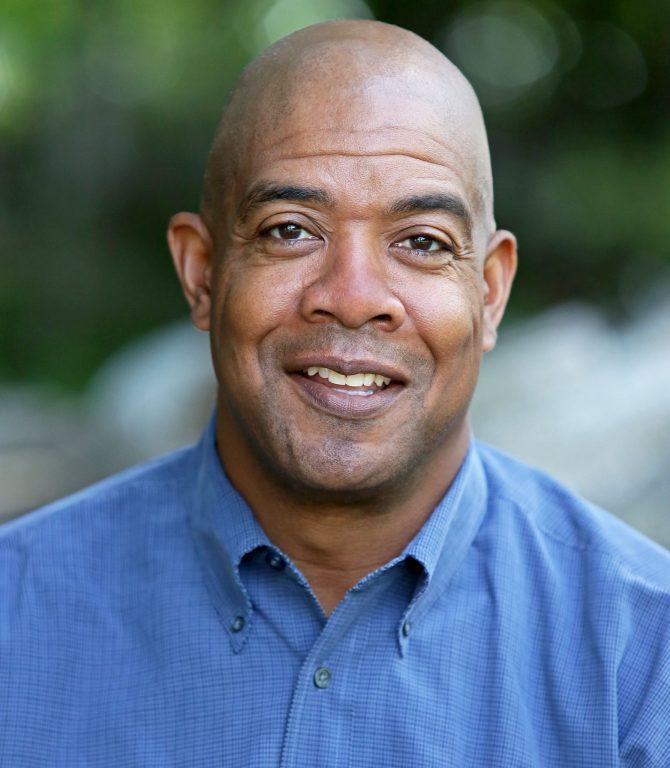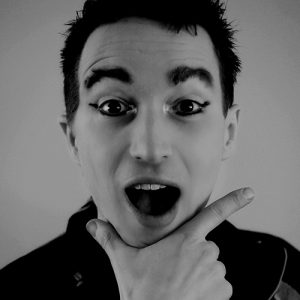
From New York to Melbourne, Paris to Amsterdam, artist are dreaming of seeing their names in lights, belting show tunes, tumbling and pirouetting across the stage. These artists are most often steered away from who they are for marketing reasons. Our society likes to believe that there only is one reality. One in which we are fed to fear the unknown, crime, terrorism or the next war. Dreamers and thinkers spend less time fearing and more time escaping to a place where they can bring to life thoughts that are locked away, hidden within them.
William Forchion, New York City’s Musical and Dramatic Academy’s alumnus, former Ringling Bros Circus’ clown and Cirque du Soleil house troupe member, has always been interested in philosophy and fascinated by its impact on one’s creative process.
At 52 and with two decades of shows and stages behind him, he’s taking both his showmanship and inner philosopher on tour in Billosophy, a piece based on his memoir of the same name, hoping to equally inspire and entertain audiences and artists of tomorrow who, especially now, are in desperate need of philosophy to grow out of their fears, embrace themselves and grow into their uniqueness.
“Instead of worrying about not looking like everybody else, try and understand what being different and unique means. Uniqueness is too often tossed to create a product that is easily marketable in a process that generates profits.”
A mix of joy and nostalgia fills the New Jersey native’s voice when he’s fondly recalling a production of Sophisticated Ladies his mother took him to in his youth: “the performers were having the time of their life, pushing themselves physically, vocally and artistically in the 1981 musical that triggered something in me: sharing genuine fun and over-coming fear had become my new needs and priorities.”
Shortly after, in a school production, young William forgot his line and started panicking before improvising his way out of the scene. “I’ve never forgotten this moment where I realized that even if I didn’t know what to say, as long as I did something, it would be alright. I had faced and survived an actor’s biggest nightmare years prior to my professional debuts, I was hooked!”
If most would assume that all stage performers are extroverts, this one, who was often teased and called a dreamer as a kid, denies this theory. Bill defines himself as a “Presentational Introvert” or an “Introvert who likes to present.” In his mind, performers tend to present what they think the audience wants to have and feel. As a contrast, introverts believe that it is in the audience’s best interest for the artist to identify the audience’s feelings instead of picking emotions and needs for them.
“It is most often after a performance of this nature, that I get spectators telling me that I remind them of someone they know. They ask questions about the creation process or the meaning of a scene. It is then that I know I’ve reached the audience and had a conversation instead of forcing concepts on them.”

As for how does philosophy fit in between a high A and a somersault before intermission? The father of three, a smile in his voice, casually defines Billosophy as the study of the self, on how to become fuller in everything that we do, on and off stage. “Anything in life can affect your practice, your art. So many factors can get you closer to or keep you away from your goals. Instead of focusing solely on technique and endless repetitions, acknowledge them and their impact in that moment.”
When he got injured on the Saltimbanco tour, “Bill” was unable to heal until acknowledging and letting go of the power that being the show’s strong guy had on him.
This is one of the many lessons that the art-driven philosopher is subtly inserting in his performances and acrobatic classes.
“Be in the moment! Our 21st century minds are easily wandering off, but being present is key to being an actor instead of pretending to be a character.”
“We are pushed to multitask, to talk and drive, to text and cook, but you’ll reach better creative results by stopping and focusing on one thing at a time. Now more than ever, artists need to entirely invest themselves into a single task, whether it’s writing, singing or drawing. By wanting to be more efficient, people are simultaneously creating, critiquing and editing. However, by splitting your creative mind in so many directions, you are more likely to hit blocks. Find others to critique and take on these other roles in order to create constantly and reach your artistic goals.”
When asked about the downside of his philosophical approach, the former circus clown takes a moment. Perhaps to picture himself on stage. He answers that success can look very different to those who are extroverted or into praise. The strong desire to make it to the top, the drive to find, and be, in the best place with the greatest contract have never been the strong motivational fuel for those who like to meditate and look at the bigger picture.
As a parting note, Bill wants to remind introverts who are dreaming of seeing their names in lights, belting show tunes, tumbling and pirouetting for avid audiences that: “when facing an obstacle, your uniqueness can show you the way to go, instead of dealing with conventions and restrictions. It is in those moments, where artists are encouraged to follow through, that we are winding up with ground-breaking Wow Moments like Rent or Hamilton.”

The Role Of Artistic Director: Creating, Connecting And Hosting
Where Do Circus And Theatre Meet? A Look Into A Circus Directors Mind


Impassioned by performing arts, Martin Frenette started intensive dance training at a very young age before trading pliés and barres for ropes and somersaults at Montreal's National Circus School. He has spent a decade in Europe, performing in various productions. Circus Monti, Chamäleon Theater, Wintergarten Varieté, Cirque Bouffon, GOP Show Concepts, and the Friedrichsbau Varieté have allowed him to grow artistically and humanly. Martin has also invested time working as an artistic consultant, director, and choreographer for both circus and dance projects. He enjoys splitting his time between Europe, Canada, and the US, working on stage and creating for others. Writing has always been a big passion of his and he's thrilled to share his views on shows, the stage, and what's going on behind the scenes with other performing arts enthusiasts!
Read Full Profile© 2021 TheatreArtLife. All rights reserved.

Thank you so much for reading, but you have now reached your free article limit for this month.
Our contributors are currently writing more articles for you to enjoy.
To keep reading, all you have to do is become a subscriber and then you can read unlimited articles anytime.
Your investment will help us continue to ignite connections across the globe in live entertainment and build this community for industry professionals.